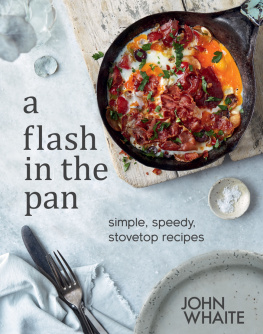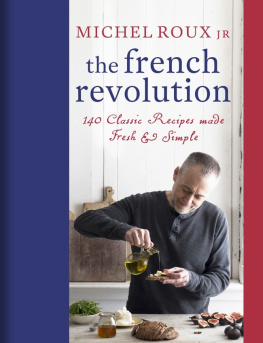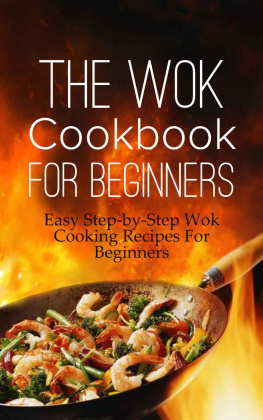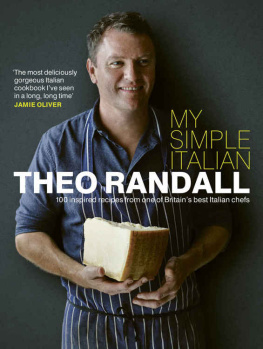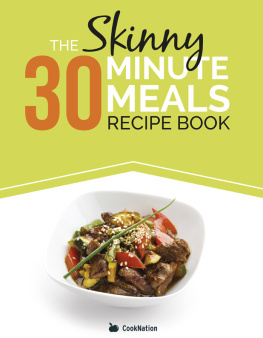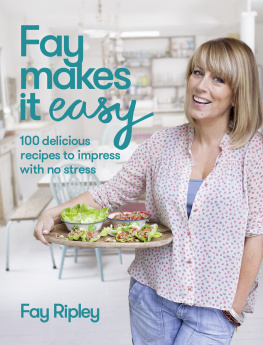Contents
Guide

contents
sugar high note
morning prep, evening speed
straight from the pan
part-time vegetarian
evening table
food to wake up to
How to use this Ebook
Select one of the chapters from the and you will be taken to a list of all the recipes covered in that chapter.
Alternatively, jump to the to browse recipes by ingredient.
Look out for linked text (which is in blue) throughout the ebook that you can select to help you navigate between related recipes.
You can double tap images to increase their size. To return to the original view, just tap the cross in the top right-hand corner of the screen.
Introduction
The pan, in most kitchens, is an auspicious symbol an emblem of culinary opportunity for every home cook. We rack our brains at lunchtime to invoke ideas for the evenings dinner. The image of a hot, smoking pan serves as a life raft to carry us through the working day. A dear friend admitted that on returning home from work, the pan will go onto the hob before shes even foraged the fridge or rustled through her cupboards to concoct supper. While that isnt an action Id recommend unless you want a roomful of smoke by the time youve peeled your first onion for her, merely heating a pan signals safety and homeliness. The sentimental value of that piece of formed metal balances with, if not outweighs, its basic function. Whether its an heirloom cast-iron skillet, scrubbed clean and oiled by generations of a devoted dynasty, or the pan that fills an empty new house with the inaugural scent of home, the raw concept of the pan metal on heat has evolved alongside us into an indispensable part of modern day life. That story began a million years ago.
In the depths of the Wonderwerk Cave in South Africa, scientists discovered charred bone fragments and ash evidence, some say, that our forefathers started to cook food on fire a million years ago. All it may have taken is for one member of an earlier clan, while ravaging a piece of meat, to have dropped a morsel into the fire. In the shadows that danced across the cave walls, this famished prehistoric being plucked the meat from the fire, sacrificing not a bite of the precious meal, and was enlightened by the improved flavour and texture. Its not hard to believe, is it, that the discovery of cooked meat could supersede the lustre that raw meat once had? Other scientific theories contest that timeframe of ancient cookery, and suggest a more recent use of fire for food from evidence of human-controlled fires in Israel still a good 250,000400,000 years ago.
It may take just one fleeting glance at a frenzy of lager louts in the local pub to question the modern-day humans anatomical advances over prehistoric man, but it has nonetheless been argued that our anatomy began its evolution to the current advanced state at the advent of cookery. No longer were we forced to spend most of the day eating raw foods. We were able to more quickly derive nutrition from cooked foods. As a result, our guts shrunk and our brains grew (until the advent of draft lager, that is).
It was only hundreds of thousands of years later that the human race began to cook with pots. As far as we currently know, pottery was first used for cooking in East Asia between 10,000 and 20,000 years ago. Tests carried out on pots found in Japan suggested that these ancient vessels were used to cook aquatic creatures. Imagine the first sip of a fish chowder albeit of rudimentary preparation after a lifetime of charred meat. What an awakening!
With the passage of time, more cookware emerged from human invention, with copper pans appearing around 5000 years ago in ancient Mesapotamia and theyre still very much in fashion today. In the late 19th century, cast-iron skillets arrived in America and, somewhere between then and now, a more diverse range of cookware was born. A range that we idolise and collect, as new trends oscillate in and out of life.
You might expect a bigger brain and a more advanced body to be a good thing, but as a result of these steps forward, we now have much more to do other than hunt, gather, and cook. We leave our caves for most of the day to fulfil roles, to earn a crust. The curse of our modern-day anatomies means we have to cram more into our lives, and cookery, for many, is sacrificed. But it does not have to be. In the Western world, so much emphasis is put onto a hearty meal slow cooked in the oven it often forms the paradigm of a healthy, happy family. Thats no longer a reality, and as much as I lament the lack of long, laid back family dinners, I equally rejoice the opportunities to be found in a more fast-paced kitchen environment, where delicious meals can be rustled up without an oven; just pans and a hob are all that you need to feed your tribe.

